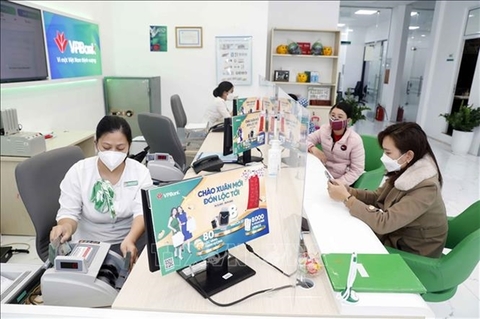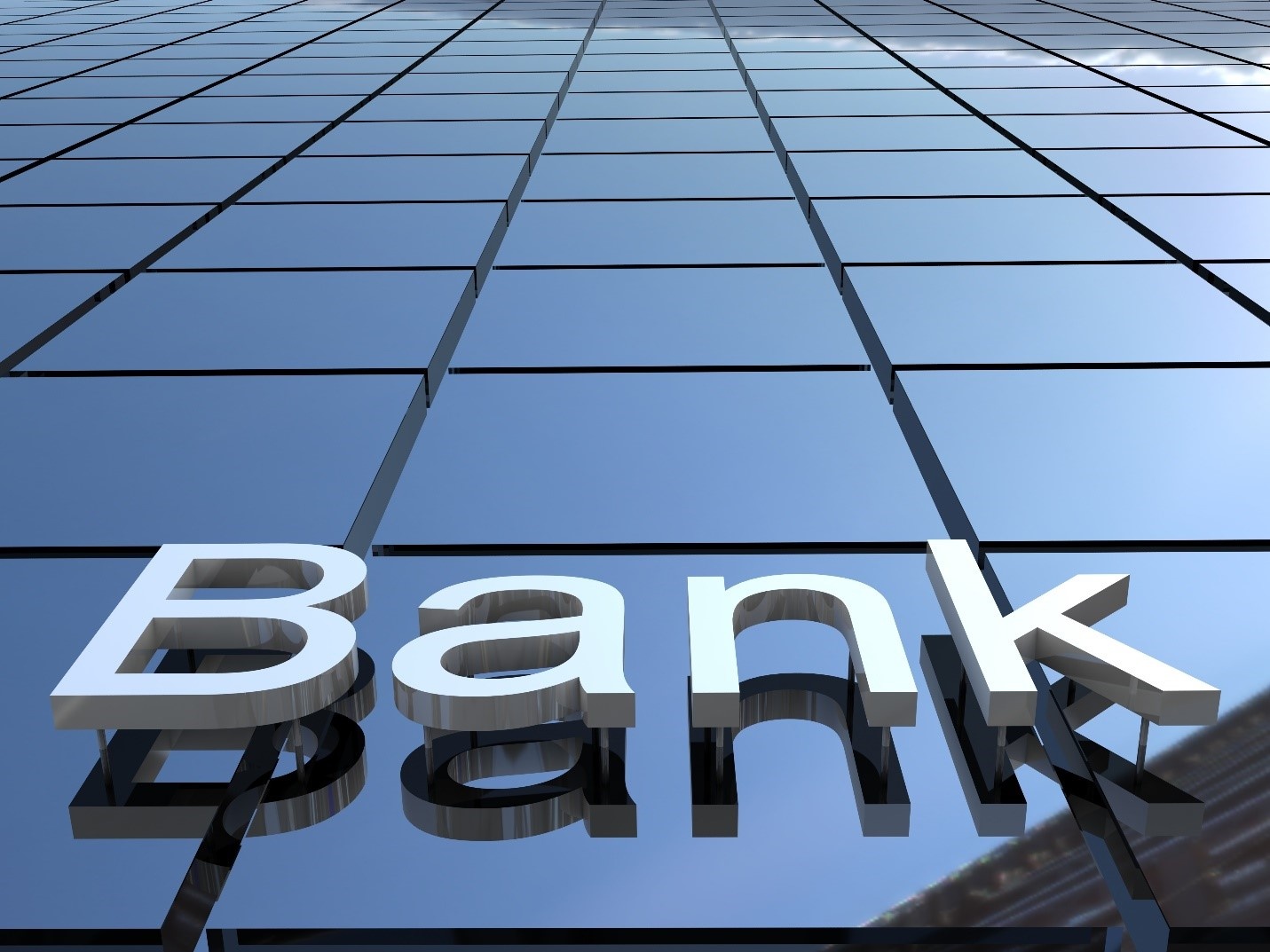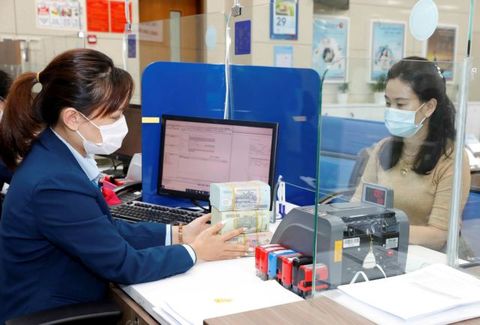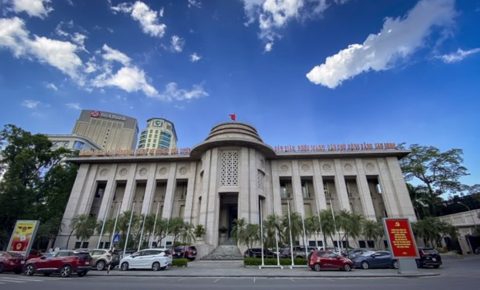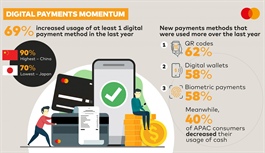Banking prospects from now to the end of the year
Banking prospects from now to the end of the year
Under the circular, the State Bank of Viet Nam told banks to reschedule debt repayments to help customers affected by the COVID-19 pandemic until June 30 this year. The circular also allowed banks to keep the debt classification for COVID-19 borrowers unchanged.
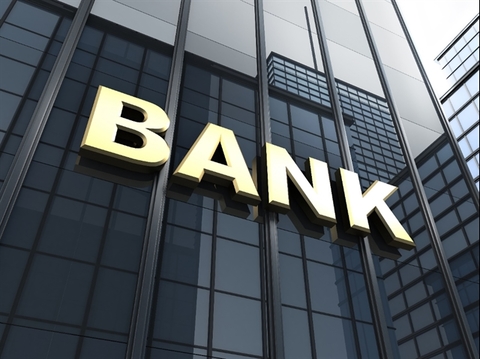
When this circular expired, many debts would have to be listed in worse debt groups if customers did not pay their debts on time, which would cause non-performing loans (NPLs) to increase in late 2022 and negatively affect the prospects of banks in the future.
However, many experts are not worried. They said although bad debts might increase, they would not likely skyrocket because the asset quality of banks had strongly improved to cope with this risk.
The bad debt situation would be different among banks, depending on the customer base and other macro factors such as the recovery of the economy and the State's inflation control, experts said.
In fact, the restructured debt balance saw improvements when the economy had recovered from the beginning of the year. The production and business activities of individuals and businesses had resumed, which helped them with cash to pay debts. In that context, many banks experienced a sharp decrease in restructured debt in the first half of this year.
At Techcombank, the restructured debt balance declined significantly from VND1.9 trillion at the end of 2021 to VND500 billion at the end of the second quarter of 2022. Accordingly, Techcombank's restructured debts on total outstanding loans plunged sharply to 0.1 per cent from the previous 0.5 per cent.
The Vietnam International Bank (VIB) also saw low restructuring loan balance which dropped from over VND1.88 trillion in Q3/2021 to above VND1 trillion in Q4/2021 and only VND666 billion at the end of Q2/2022.
The bank's restructuring debt accounted for only 0.3 per cent of total outstanding loans, down sharply from 1 per cent in Q3/2021. That made VIB different among banks with a large proportion of retail loans when most of them still had a lot of outstanding restructuring loans at the end of Q2/2022.
As of June 30, VIB's bad debt ratio was 1.7 per cent. According to Mirae Asset, VIB's bad debt ratio would improve in the second half of the year as the bank could overcome the negative impact of the pandemic.
This forecast was also attributable to the bank's policy of tightening corporate bonds thanks to a large retail lending ratio, a small loan amount per customer and the lowest number of corporate bonds in the market, Mirae Asset said.
At the same time, ACB also recorded a 25 per cent decrease in restructured debts in the first six months of the year, making up about 3 per cent of the total loan portfolio. The bank saw a positive improvement in the restructured debt balance though it remained quite large.
Currently, ACB is one of the banks with the leading asset quality in the banking system. It is also one of the three listed banks with the lowest bad debt ratio. The bank’s bad debt ratio continuously remained below 1 per cent for many years and stood at only 0.8 per cent at the end of Q2/2022.
During the debt restructuring period, banks also increased provisioning. Most have made 100 per cent provision for restructuring loans and the bad debt coverage ratio at many banks hit a very high level.
Vietcombank set a record for bad debt coverage ratio when it increased from 424 per cent at the beginning of the year to 506 per cent by the end of June 2022. This is the highest ever level in the banking industry.
Many others had a bad debt coverage ratio of over 100 per cent, including BIDV (279 per cent), MB (271 per cent), VietinBank (189 per cent) and ACB (185 per cent).
According to Mirae Asset, the bad debt coverage ratio might have peaked, because the ratio of restructuring debt to bad debt was better than expected, thereby allowing banks to lower the bad debt coverage ratio in the near future.
Analysts say that the risk management activities of the Vietnamese banking system have seen positive improvements in recent years. With a continuous improvement in capital adequacy ratio (CAR), a solid provision, improving asset quality, and accelerated debt settlement activities, the risk of bad debt would not cause a headache for banks.





